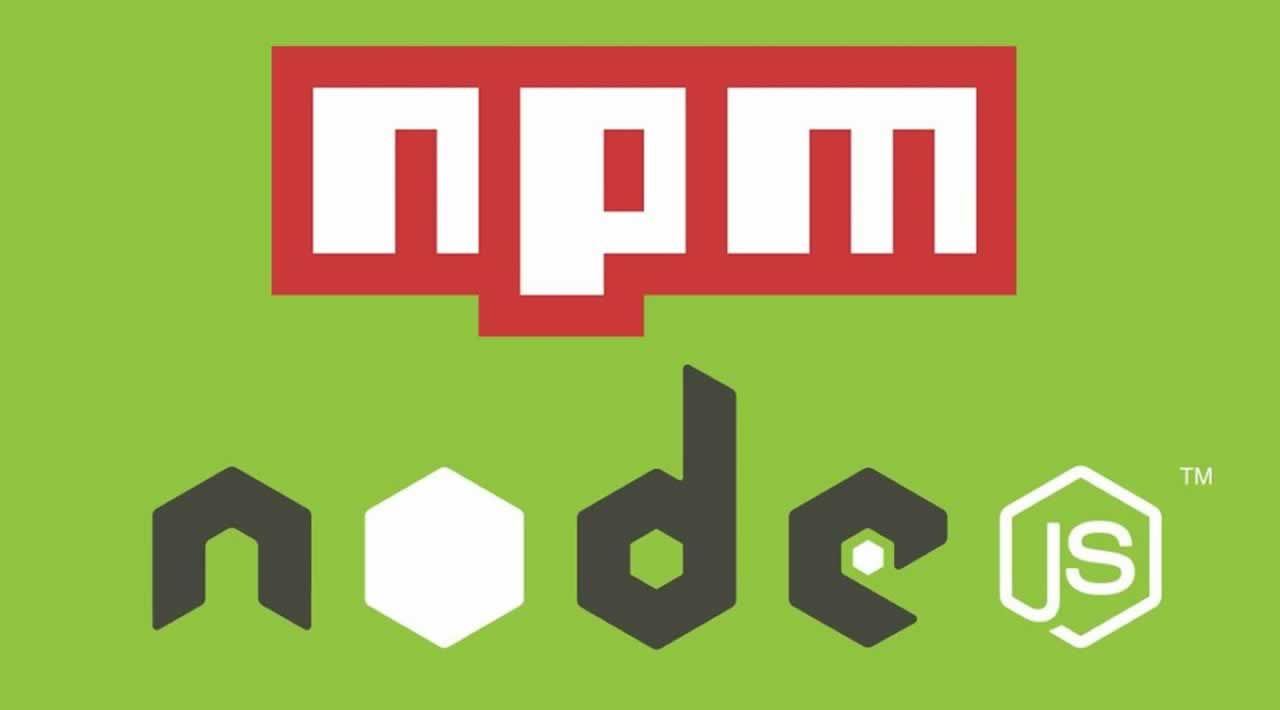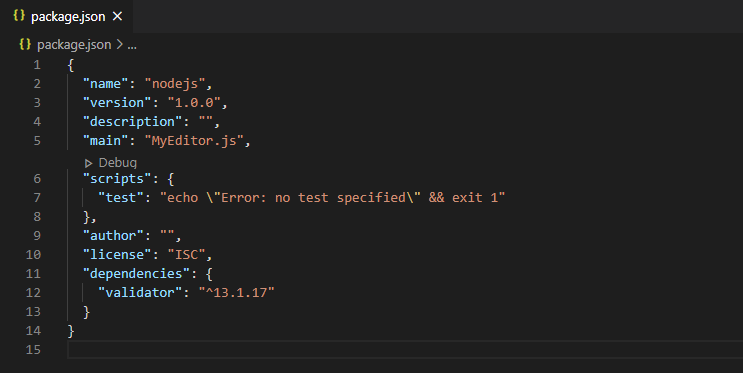

- INSTALL NODE JS MAC NPM INSTALL
- INSTALL NODE JS MAC NPM SOFTWARE
- INSTALL NODE JS MAC NPM PASSWORD
- INSTALL NODE JS MAC NPM DOWNLOAD
Even though you don’t see them, your keystrokes are being recorded by the system, so press the RETURN key once you’ve entered your password. This is a security measure and is something you’ll see often when prompted for passwords on the command line. However, when you type your password, your keystrokes will not display in the Terminal window.
INSTALL NODE JS MAC NPM PASSWORD
You’ll be prompted to enter your password during the process. It also ensures you have the prerequisites in place before it continues. This lets you know exactly what Homebrew is going to do to your system before you let it proceed. The installation script will explain what it will do and will prompt you to confirm that you want to do it. Once curl downloads the script, it’s then executed by the Ruby interpreter that ships with macOS, starting the Homebrew installation process. If the server reports that the requested page has moved to a different location, it’ll automatically execute the request again using the new location.
INSTALL NODE JS MAC NPM DOWNLOAD
The command uses curl to download the Homebrew installation script from Homebrew’s Git repository on GitHub.

INSTALL NODE JS MAC NPM INSTALL
To install Homebrew, type this command into your Terminal window: We’ll use Homebrew to install the most recent version of Node.js.
INSTALL NODE JS MAC NPM SOFTWARE
Homebrew is a free and open-source software package managing system that simplifies the installation of software on macOS. They keep the software they install in a central location and can maintain all software packages on the system in formats that are commonly used. A package manager is a collection of software tools that work to automate software installations, configurations, and upgrades. While the command line interface on macOS has a lot of the functionality you’d find in Linux and other Unix systems, it does not ship with a good package manager. Step 3 - Installing and Setting Up Homebrew We’re now ready to install the package manager Homebrew, which will let us install the latest version of Node.js. Then the tools will download and install automatically. You’ll be prompted to start the installation, and then prompted again to accept a software license.

You won’t need Xcode to write Node.js programs, but Node.js and some of its components will rely on Xcode’s Command Line Tools package.Įxecute this command in the Terminal to download and install these components: Xcode is an integrated development environment (IDE) that is comprised of software development tools for macOS. Step 2 - Installing Xcode’s Command Line Tools Now that you have the Terminal running, let’s install some prerequisites we’ll need for Node.js. The command line interface on macOS is very similar, and the concepts in that tutorial are directly applicable.

If you’d like to get comfortable using the command line, take a look at ( ). Alternatively, you can use Spotlight by holding down the COMMAND key and pressing SPACE to find Terminal by typing it out in the box that appears. From here, double-click the Terminal application to open it up. Like any other application, you can find it by going into Finder, navigating to the Applications folder, and then into the Utilities folder. To access the command line interface, you’ll use the Terminal application provided by macOS. The command line, also known as a shell, lets you automate many tasks you do on your computer daily, and is an essential tool for software developers. Instead of clicking buttons with your mouse, you’ll type commands as text and receive text-based feedback. The command line is a non-graphical way to interact with your computer. You’ll use the command line to install Node.js and run various commands related to developing Node.js applications. You will need a macOS computer running High Sierra or higher with administrative access and an internet connection. In this tutorial, you’ll set up a Node.js programming environment on your local macOS machine using Homebrew, and you’ll test your environment out by writing a simple Node.js program. It’s also the runtime that powers many client-side development tools for modern JavaScript frameworks. Node.js is an open source JavaScript runtime environment for easily building server-side applications.


 0 kommentar(er)
0 kommentar(er)
